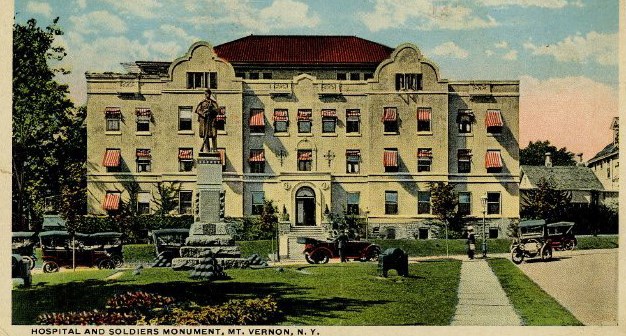Last updated: December 28, 2021
Article
Lost, then found, Civil War Soldier buried at St. Paul's

unknown
Lost, then Found, Civil War Soldier buried at St. Paul's
More than 1.5 million soldiers fought for the Union army in the Civil War, 1861-1865, and about 360,000 paid the ultimate price. Among those who returned to civilian life, many lived out productive lives, while thousands faced difficult adjustments on various levels. Hiram Slagle, who is buried in the historic cemetery at St. Paul’s Church National Historic Site, is one of the latter.
Living in Sing Sing (today’s Ossining), Slagle was a 22-year-old shoemaker, when he joined Company F, of the 17th New York Volunteer Infantry, in May 1861, a month after the war began. Nicknamed the Westchester Chasseurs, the 17th was a Zouave regiment, named for the famed North African fighters of the 19th century, and noticeable for their baggy red pants, fez and turban hats. According to an enlistment record, Slagle was 5’ 6 3/4” (average for the day), with black hair, hazel eyes and a ruddy complexion.
Private Slagle served in the eastern theatre, where the Union and Confederate armies fought the largest and most important battles. He was captured at the Southern victory of the Battle of Second Manassas, in northern Virginia, on August 29, 1862, but paroled and exchanged in late October, in time to fight at the Battle of Fredericksburg in December 1862. The New Yorker was wounded in the hand at the Battle of Chancellorsville, in early May 1863, and mustered out with an honorable discharge on June 2.
He married and had several children with his wife, but for some unknown reason his life tumbled into disarray. Slagle left the family, and wondered into a meager existence. His wife died, and the children were transported west on one of the notorious orphan trains of the 19th century, where they were adopted by farm families. Slagle survived marginally for several years in late 19th century and early 20th century Mt. Vernon, basically homeless, earning some wages by selling clams or mushrooms, depending on the season.
The end came on a wintry night, January 14, 1901. Found unconscious on South Fourth Avenue after tumbling down a flight of stairs, Slagle was transported via horse-drawn ambulance to Mt. Vernon Hospital, but he never regained consciousness. A search of his clothing revealed his Union army discharge papers, a proud memory he preserved despite the downturn in his life. An indigent, Slagle was interred at city expense in an unmarked grave in a section of the St. Paul’s cemetery that Mt. Vernon used as a pauper’s field.
A recent inquiry and visit by a descendant helped to re-discover his sobering tale. Based on the information and staff determination of Slagle's burial spot, a veterans' gravestone was subsequently installed.
